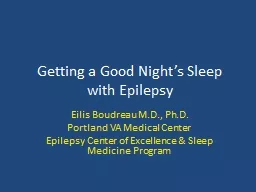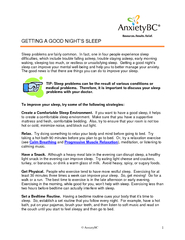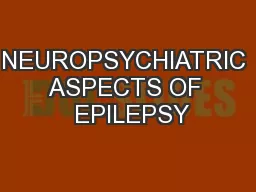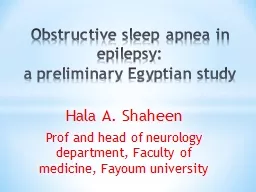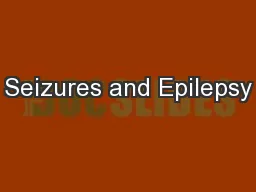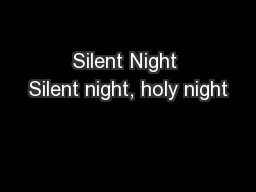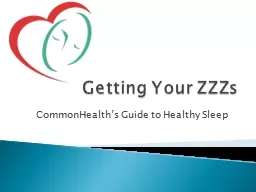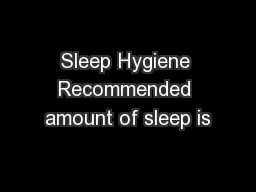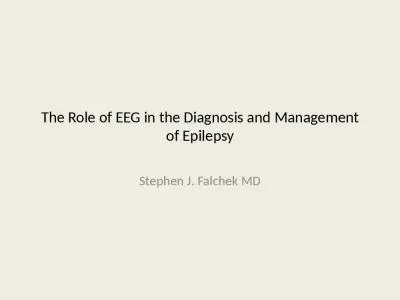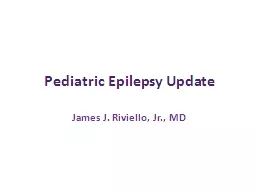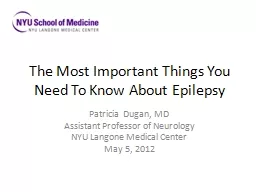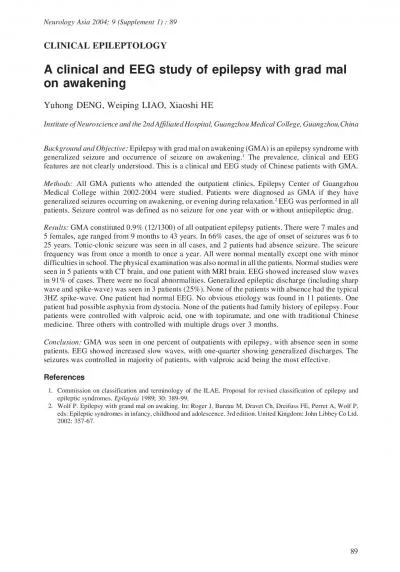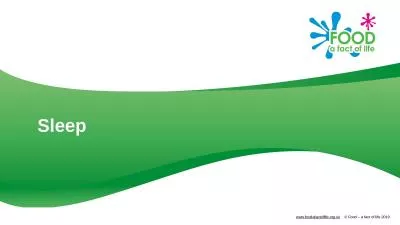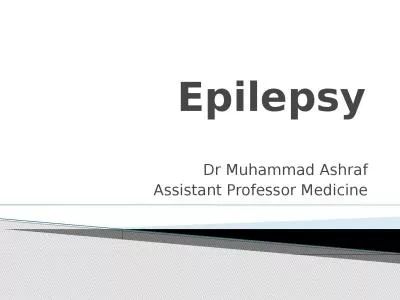PPT-Getting a Good Night’s Sleep with Epilepsy
Author : lois-ondreau | Published Date : 2016-04-28
Eilis Boudreau MD PhD Portland VA Medical Center Epilepsy Center of Excellence amp Sleep Medicine Program Outline What is the function of sleep How much sleep do
Presentation Embed Code
Download Presentation
Download Presentation The PPT/PDF document "Getting a Good Night’s Sleep with Epil..." is the property of its rightful owner. Permission is granted to download and print the materials on this website for personal, non-commercial use only, and to display it on your personal computer provided you do not modify the materials and that you retain all copyright notices contained in the materials. By downloading content from our website, you accept the terms of this agreement.
Getting a Good Night’s Sleep with Epilepsy: Transcript
Download Rules Of Document
"Getting a Good Night’s Sleep with Epilepsy"The content belongs to its owner. You may download and print it for personal use, without modification, and keep all copyright notices. By downloading, you agree to these terms.
Related Documents

